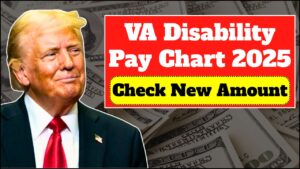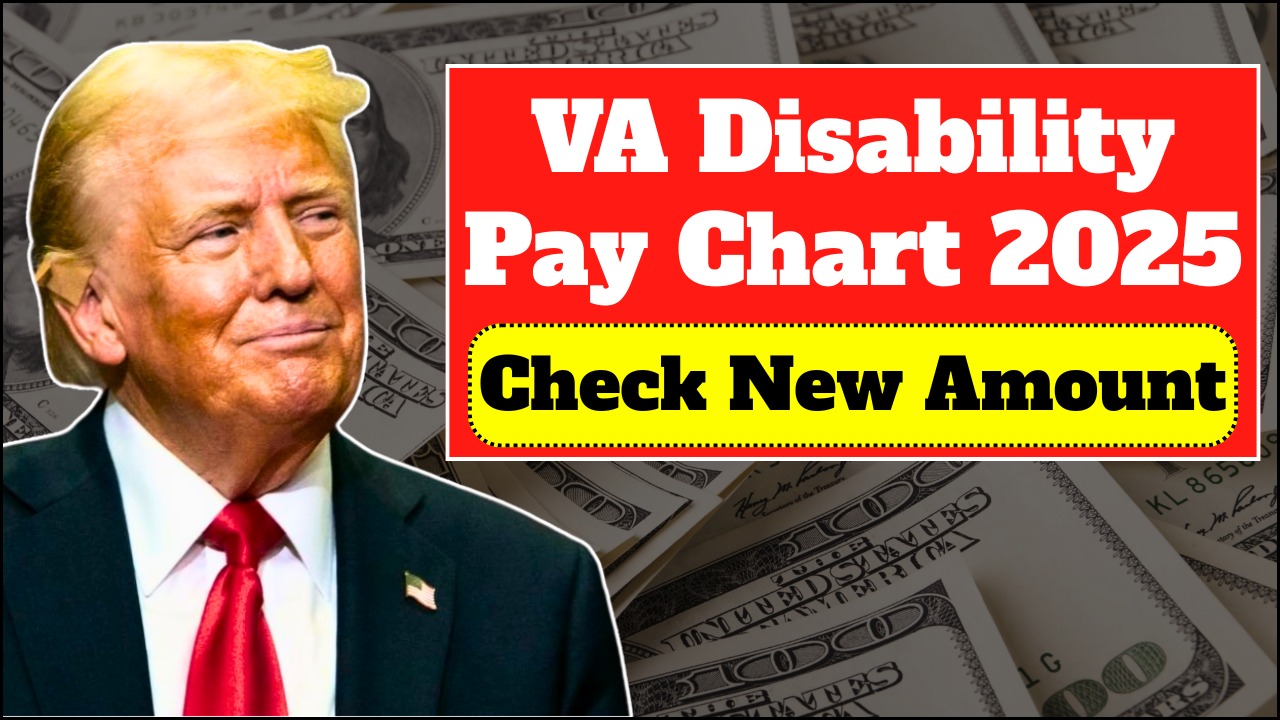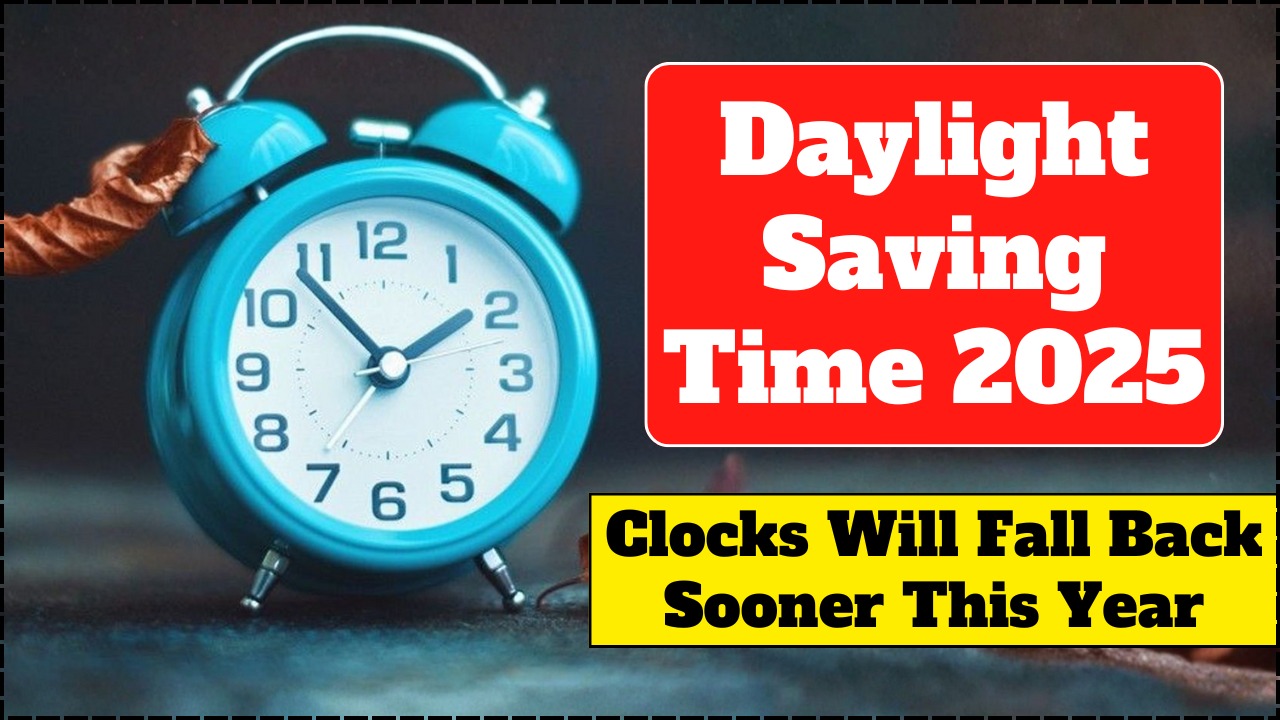For almost a century, that pale-green paper check from the U.S. Treasury wasn’t just a payment — it was a symbol of trust and security for millions of Americans. But earlier this year, it looked like that era was ending. The Social Security Administration (SSA) had announced plans to stop issuing paper checks completely by November 30, 2025. Yet, just days before the cutoff, the government quietly backed away from its plan.
Instead of ending paper checks for good, officials have acknowledged that modernization must not come at the expense of accessibility — especially for the most vulnerable seniors.
Table of Contents
The Plan to Eliminate Paper Checks
In March 2025, President Trump signed an executive order directing federal agencies to phase out paper payments “to the extent permitted by law.” The goal was clear — reduce costs, boost efficiency, and cut fraud.
The U.S. Treasury estimated that:
- A paper check costs about 50 cents to print and deliver.
- An electronic deposit costs only 15 cents.
- Paper checks are 16 times more likely to be lost or stolen compared to electronic transfers.
By September 2025, about 99.4% of the nation’s 69.5 million Social Security beneficiaries had already switched to direct deposit or the Direct Express® debit card. Only about 0.6% — roughly 400,000 people — were still receiving paper checks each month.
That remaining group, though small, represents some of the nation’s most vulnerable citizens — seniors without access to digital banking or the internet.
Who Still Relies on Paper Checks
Most paper-check recipients live in rural or low-income areas, where technology access remains limited.
| State | Estimated Paper Check Recipients |
|---|---|
| California | 43,000 |
| Texas | 28,000 |
| Florida | 24,000 |
For these seniors, paper checks aren’t about resisting progress — they’re about survival. Many can’t afford bank fees, lack smartphones, or simply aren’t comfortable managing online accounts.
Nancy Altman, president of Social Security Works, summed it up: “For many, paper checks aren’t nostalgia — they’re a necessity.”
A Sudden Change of Course
Despite repeated deadlines, the SSA quietly posted a clarification on September 19, 2025, just 11 days before the “final” cutoff. It stated:
“If you have no other way to receive payments, we will continue to issue paper checks. There are no plans to pause any payments starting October 1.”
This message made one thing clear — no senior would lose benefits because of the transition.
In late October, at a Financial Literacy and Education Commission meeting, SSA’s Director of Finance, Matthew Bilenki, confirmed that paper checks would remain available for those without access to banking or digital services. The government’s stance had shifted from elimination to accommodation.
Why the Reversal Happened
The rollback highlights a growing concern: the digital divide. Despite years of technological advancement, millions of seniors remain offline.
Research from AARP shows that nearly 22 million older Americans still don’t use online banking. Forcing them into a fully digital system could lead to missed payments, confusion, or months without access to essential income.
Advocates warned that modernization should not come at the cost of equity. As one AARP analyst put it, “If even one senior can’t access their benefits because of a technology gap, that’s a policy failure.”
What Beneficiaries Can Do Now
The SSA continues to encourage electronic payment options but is providing flexible choices for seniors who can’t switch immediately.
| Option | Description | How to Enroll |
|---|---|---|
| Direct Deposit | Sends benefits directly into your bank or credit union account. | Sign up through your my Social Security account or contact your local SSA office. |
| Direct Express® Debit Card | A prepaid debit card for those without bank accounts. | Visit usdirectexpress.com or call 1-800-333-1795. |
| Hardship Waiver (Exemption) | Allows continued paper checks for those unable to use electronic methods. | Call the Treasury helpline at 1-877-874-6347. |
The SSA has begun including informational inserts with paper checks and is contacting beneficiaries directly to help them transition.
The Bigger Picture
This quiet reversal is more than an administrative decision — it’s a recognition that technology cannot replace trust. While digital payments are faster and cheaper, they can’t serve everyone equally.
For now, paper checks will remain an option for those who need them most. The SSA continues to modernize, but at a pace that ensures no American is left behind.
FAQs
A1: No, the SSA has confirmed that beneficiaries without electronic access will continue receiving paper checks.
A2: Yes, you can enroll in direct deposit or the Direct Express card at any time.
A3: To ensure seniors without internet or banking access don’t lose their benefits.








